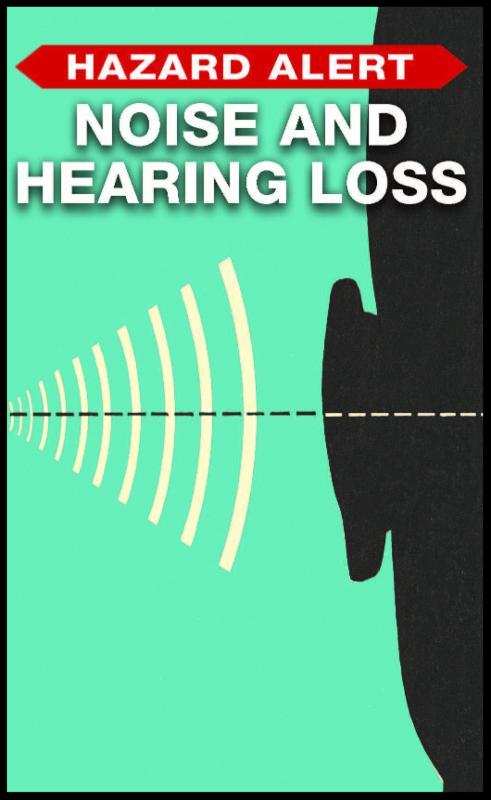|
CPWR UPDATE
|
November 2017
| |
From the Desk of Chris Trahan Cain, Executive Director
|
|
|
|
CPWR Quarterly Data Report: Electrocutions and Prevention in the Construction Industry
 Electrocution is a leading cause of fatalities in construction, one of OSHA's "Focus Four" construction safety hazards. In 2015, 82 construction workers died of electrocution, accounting for 61% of work-related electrocution fatalities in the United States. A just-published CPWR Quarterly Data Report, Electrocutions and Prevention in the Construction Industry, examines the statistics and trends in detail. About one third (32%) of the electrocution fatalities occurred among electrical contractors; among occupations, power-line installers had the highest rate of electrocution deaths.
There's some good news: between 2003 and 2015, the number of electrocution deaths in construction decreased by 39%. But 82 is still an unacceptably high number. CPWR offers toolbox talks covering topics such as electric wiring, electrical power, and overhead power lines, and our Construction Solutions database walks users through evaluating and addressing electricity hazards.
The authors will hold a webinar on November 15 to share their findings (see below). CLICK HERE to download Electrocutions and Prevention in the Construction Industry.
|
|
 TOOLS FOR SAFETY AND HEALTH TOOLS FOR SAFETY AND HEALTH
Hazard Alert: Noise and hearing loss
According to the National Institute for Occupational Safety and Health (NIOSH), half of all construction workers have some job-related hearing problem. The construction worker is often surrounded by loud noises, and sometimes chemical agents, that can damage hearing. CPWR has published a new Noise and Hearing Loss Hazard Alert (right) to promote hearing protection. CLICK HERE to download an electronic copy, or email CPWR to request a bundle of the printed pocket brochures.
|
RESEARCH NEWS
Choosing the right combination of hearing and eye protection
Workers performing loud tasks like drilling, cutting and grinding need hearing protection -- but they also require eye protection, which can break the seal of some earmuffs. In this study, a CPWR-supported researcher tested different combinations of commercially available earmuffs and eye protection products, identifying the most effective combinations. CLICK HERE for a one-page summary of Effects of Selected Eyewear on the Noise Insertion Loss of Selected Earmuffs. The full study is also available online as a CPWR Report.
|
Nov.15 @ 2 pm ET (30 min).Quarterly Data Report: Electrocutions and Prevention in the Construction Industry. Electrocution is a leading cause of fatalities in construction, and has been identified as one of the Focus Four hazards by OSHA. CPWR'S most recent Quarterly Data Report analyzed the trends and patterns of deaths due to electrocution, including primary sources of electrocution, vulnerable worker groups, and high-risk occupations. Attendees will hear from the authors of the report about their findings and updated information for electrocution prevention. CLICK TO REGISTER
Dec.13 @ 2pm ET (45 min). Applying Prevention through Design (PtD) to Solar Systems in Small Buildings. Researchers interviewed workers, contractors and engineers in the solar panel installation industry to identify choices during the design process that can reduce worker exposure to injury during construction. In this webinar, they will review the findings and a short guide created for industry use. CLICK TO REGISTER
|
Workers' compensation loss prevention representative contact and risk of lost-time injury in construction policyholders. Katherine E. Schofield, Bruce H. Alexander, Susan G.Gerberich and Richard F. MacLehose. Journal of Safety Research
|
Circle the date: Next year's National Safety Stand-Down to Prevent Falls is set, ISHN
|
|
|
|